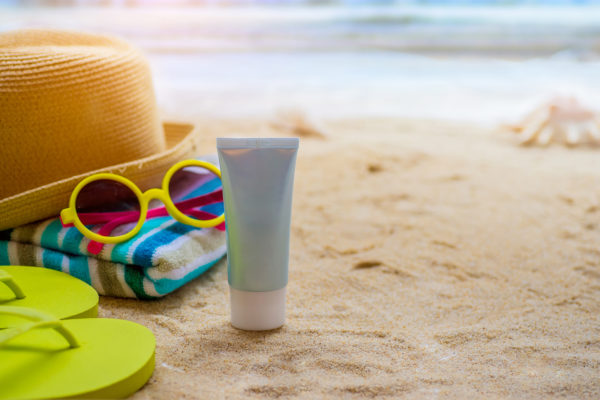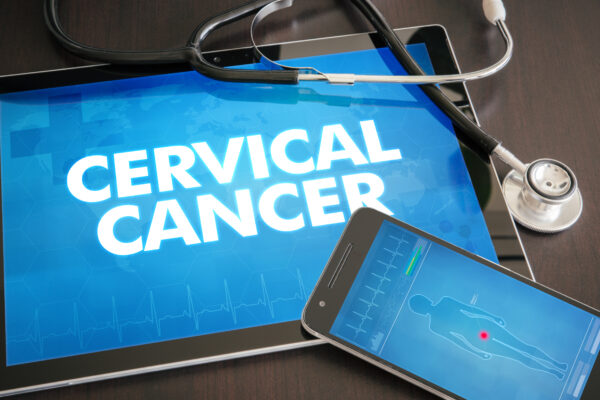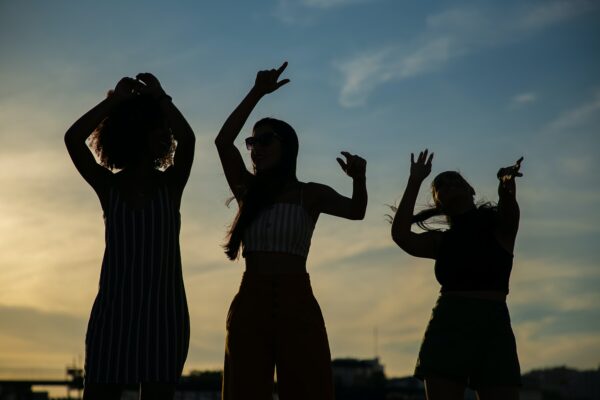Blue Zones are one of the up-and-coming topics that a lot of people are talking about. But what are they?
Blue Zones are “non-scientific” geographic areas with lower rates of chronic diseases and a longer life expectancy. The term was first used by the author Dan Buettner, who was studying regions of the world that had a high percentage of centenarians – people who live over 90 and 100. In his book, The Blue Zones, Buettner describes five known Blue Zones:
- Icaria (Greece) – Aegean Island with one of the world’s lowest rates of middle-age mortality and lowest rates of dementia, where people eat a Mediterranean diet rich in olive oil, red wine, and homegrown vegetables.
- Ogliastra, Sardinia (Italy) – A mountainous region in Italy with the world’s highest concentration of male centenarians, where people work on farms, walk up and down different elevations, and drink lots of red wine.
- Okinawa (Japan) – Home to the oldest women, people in Okinawa eat a lot of soy-based foods, form circle groups of people similar in age, and practice tai chi.
- Nicoya Peninsula (Costa Rica): Home to the second highest concentration of male centenarians, Nicoyan’s diet is based around beans and corn tortillas, regularly perform physical jobs into old age, and have a sense of life purpose known as “plan de vida.”
- The Seventh-day Adventists in Loma Linda, California (USA): The Seventh-day Adventists are a very religious group of people who are strict vegetarians, value sports and physical activity, and live in tight-knit communities.
So why do people in these specific areas have high life expectancies and lower rates of chronic diseases? Genetics play around 20-30% of longevity. Playing an even bigger role in determining lifespan is environmental influences, including diet and lifestyle.
Below is the Power 9, which was assembled by a team of medical researchers, anthropologists, demographers, and epidemiologists to determine the evidence-based common denominators among all five Blue Zones.
- Eat Wisely
- Plant-Based – Common among all Blue Zones, people primarily eat a 95% plant-based diet. But they are not strict vegetarians and eat meat and fish in moderation. Diets in Blue Zones are rich in homegrown whole vegetables and legumes, whole grains, and nuts.
- 80% Rule – “Hara hachi bu,” the Okinawan mantra said before meals, reminding them all to stop eating when their stomachs are 80% full. Caloric restriction, eating slower, and refraining from eating at night are common in Blue Zones, which significantly reduce risk factors for certain diseases and prolong healthy life.
- Wine at 5 – People in all blue zones (except Adventists) drink alcohol in moderation. The beneficial effect of moderate alcohol consumption may depend on the type of alcohol; for example, red wine contains a number of antioxidants from grapes, which help prevent damage to DNA that can contribute to aging.
- Move
- Move Naturally – In Blue Zones, people don’t exercise purposefully by going to the gym. Instead, it is built into their daily lives through gardening, walking, climbing stairs, cooking, and other daily chores.
- Connect
- Right Tribe – People in blue zones chose – or were born into – social circles that support healthy behaviors. Okinawans created “moais” – groups of friends committed to each other for life who help share healthy behaviors and support each other.
- Loved Ones First – Centenarians put their families and loved ones first – younger family members keep aging family members nearby or in the home, and they also commit to a life partner. All of these help lower disease and mortality rates and can help add three years of life expectancy.
- Belong – The majority of centenarians that were interviewed for the book The Blue Zones belonged to some faith-based community. Research shows that attending faith-based services four times per month will add 4-14 years of life expectancy.
- Right Outlook
- Down Shift – Stress is common, even for people in the Blue Zones. Knowing and having ways to shed that stress is a key element for people in the Blue zones. Okinawans take a few moments each day to reflect and remember their ancestors, Adventists pray, Ikarians take a nap, and Sardinians enjoy happy hour.
- Purpose – The Okinawans call it “Ikigai,” and the Nicoyans call it “plan de vida,” but both translate to “why I wake up in the morning.” Knowing your sense of purpose can help add up to seven years of life expectancy.
References:
About the Author:
A Bay Area native, Alex received her Master’s in Public Health from the University of San Francisco and completed her undergraduate degree in Movement and Sport Sciences from Purdue University. She is also a Certified Personal Trainer through ACE Fitness. Alex started her career working with BaySport in Corporate Fitness and, since receiving her MPH, has transitioned into Corporate Wellness. She also aids in the corporate office, supporting Human Resources and Corporate Communications. Alex enjoys spending time with her family and friends in her spare time, staying active, trying new activities, and playing with her two dogs.





